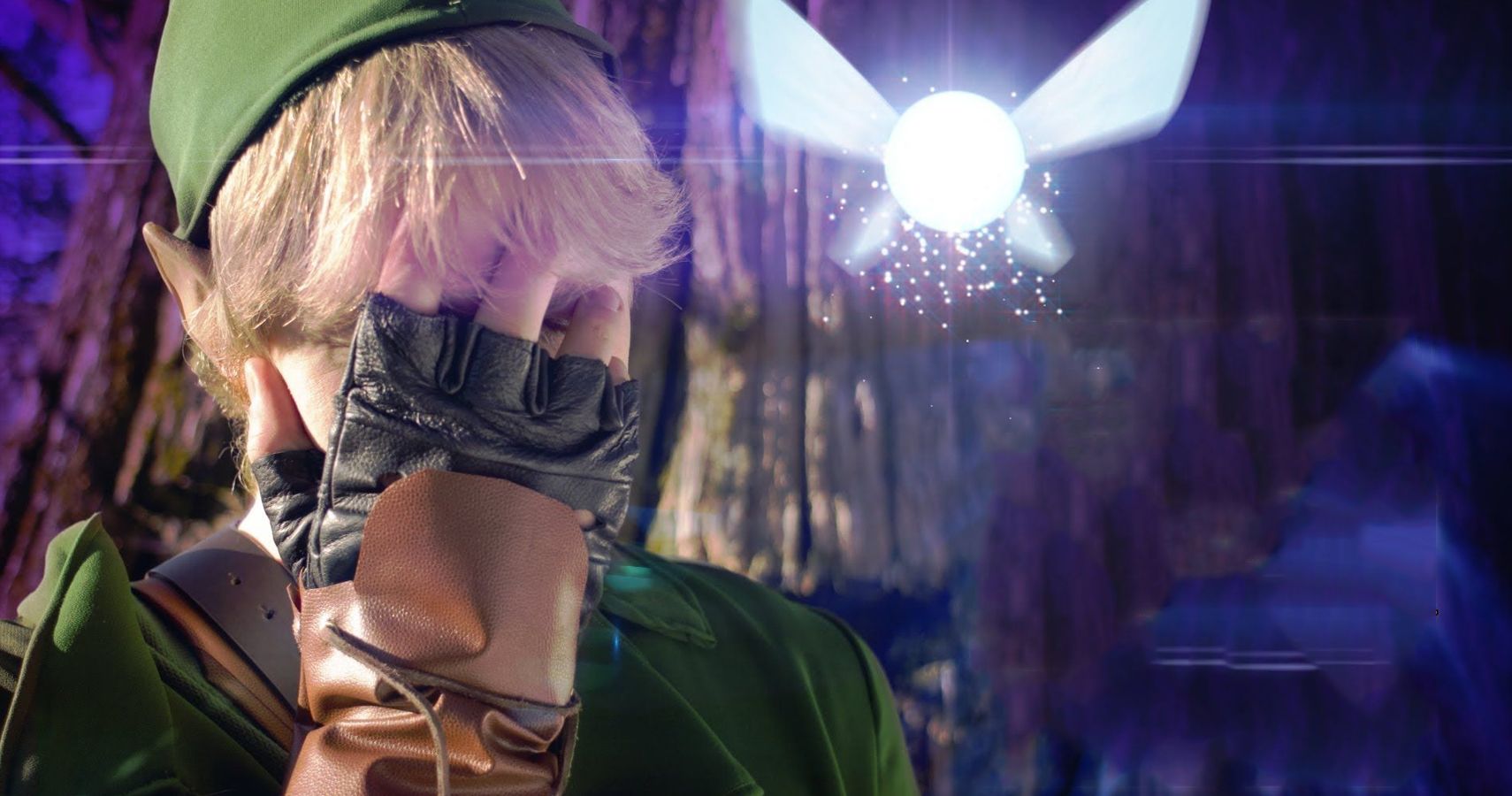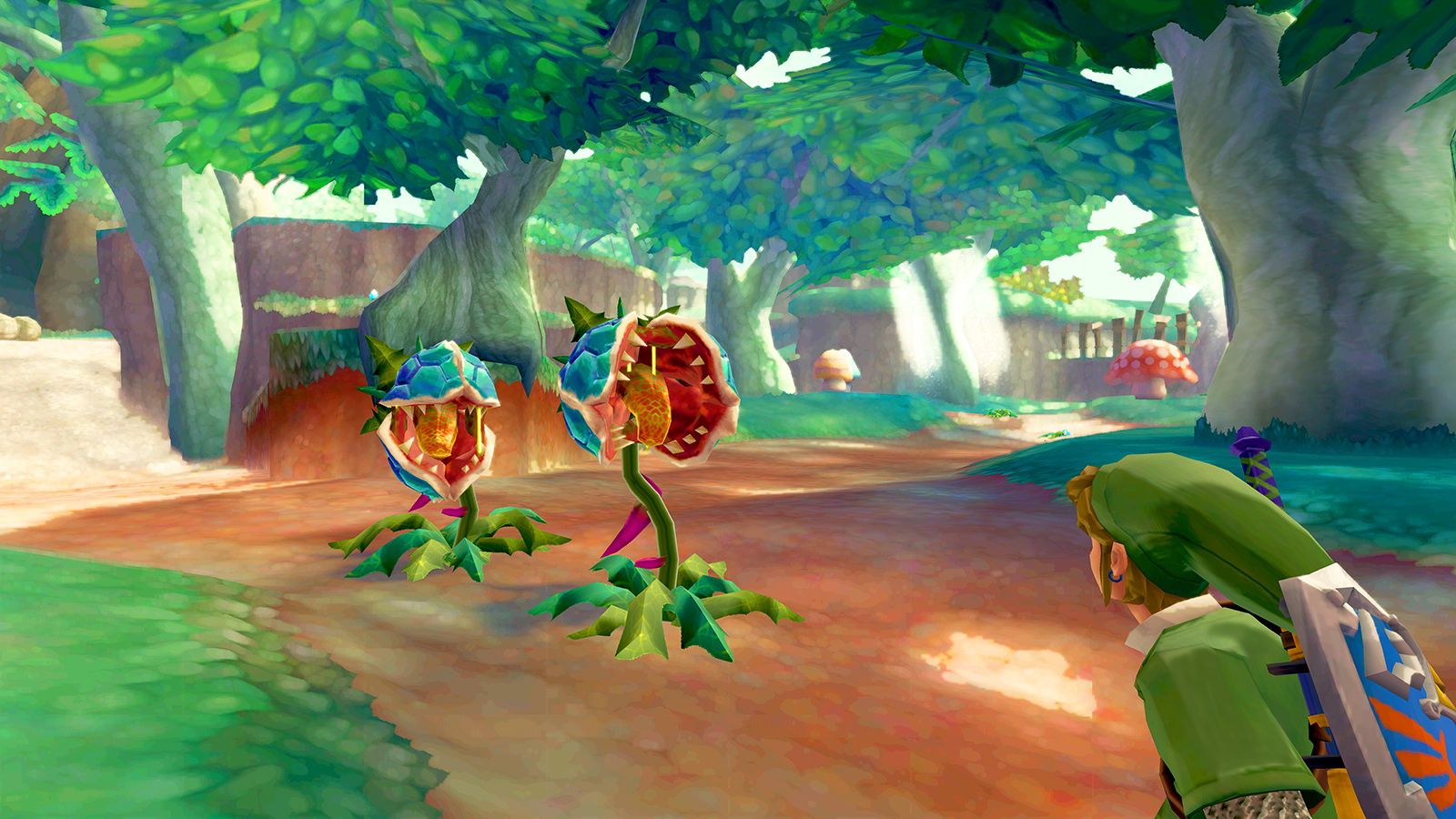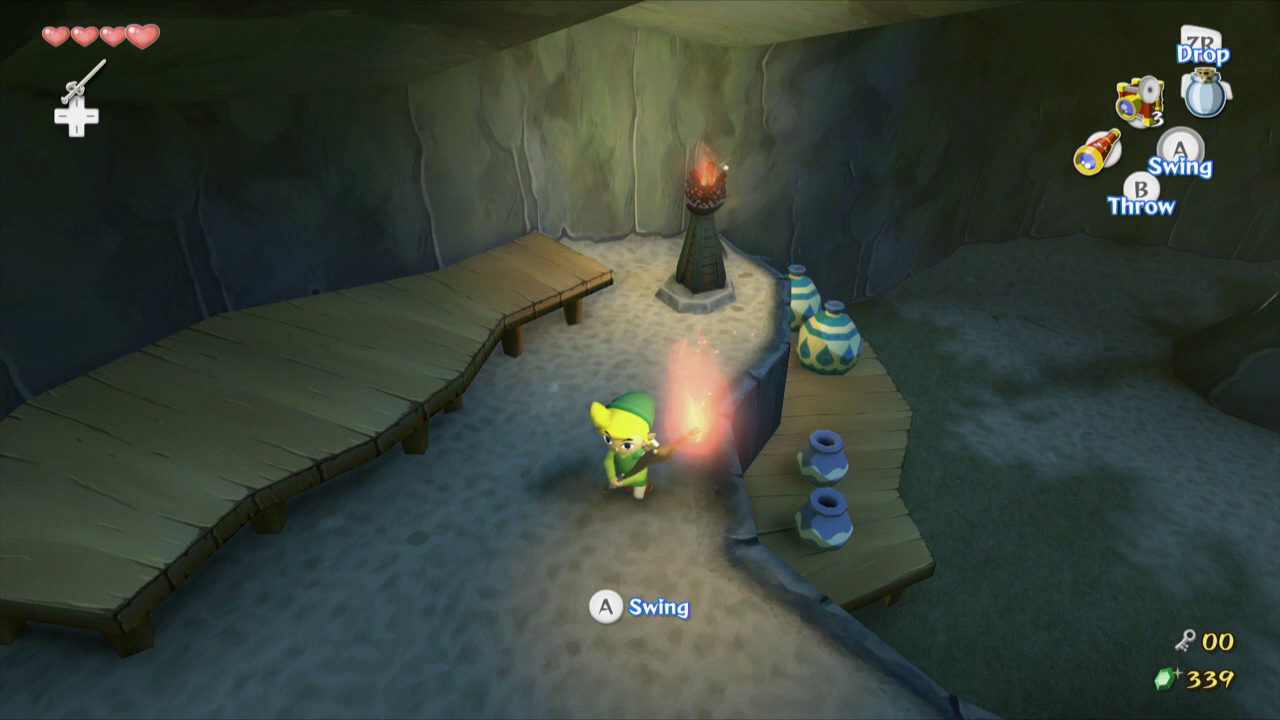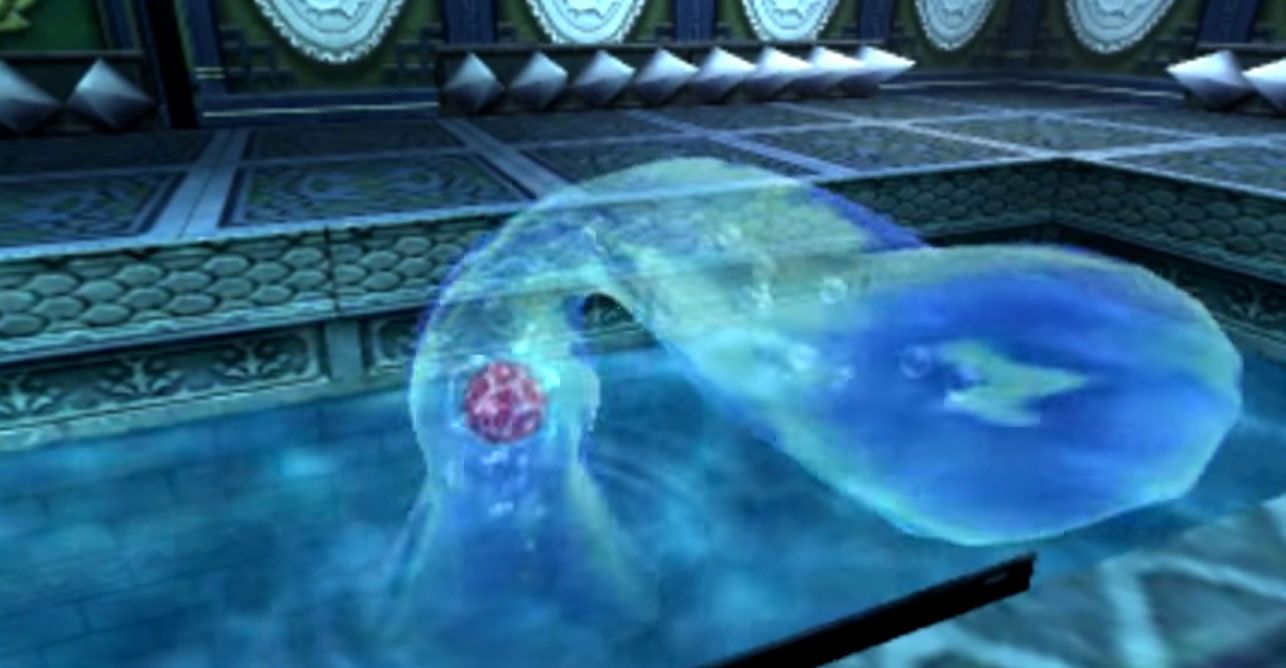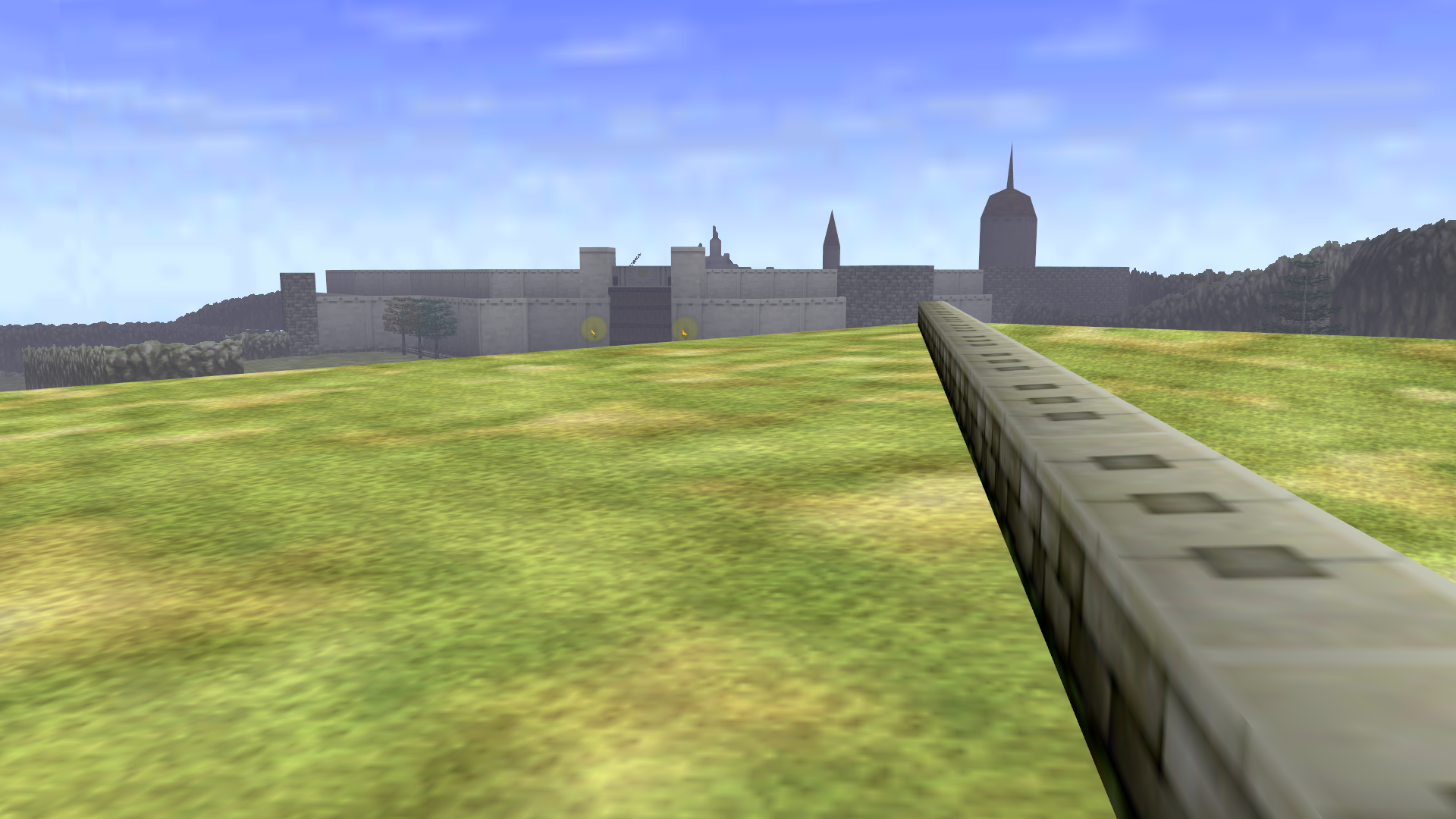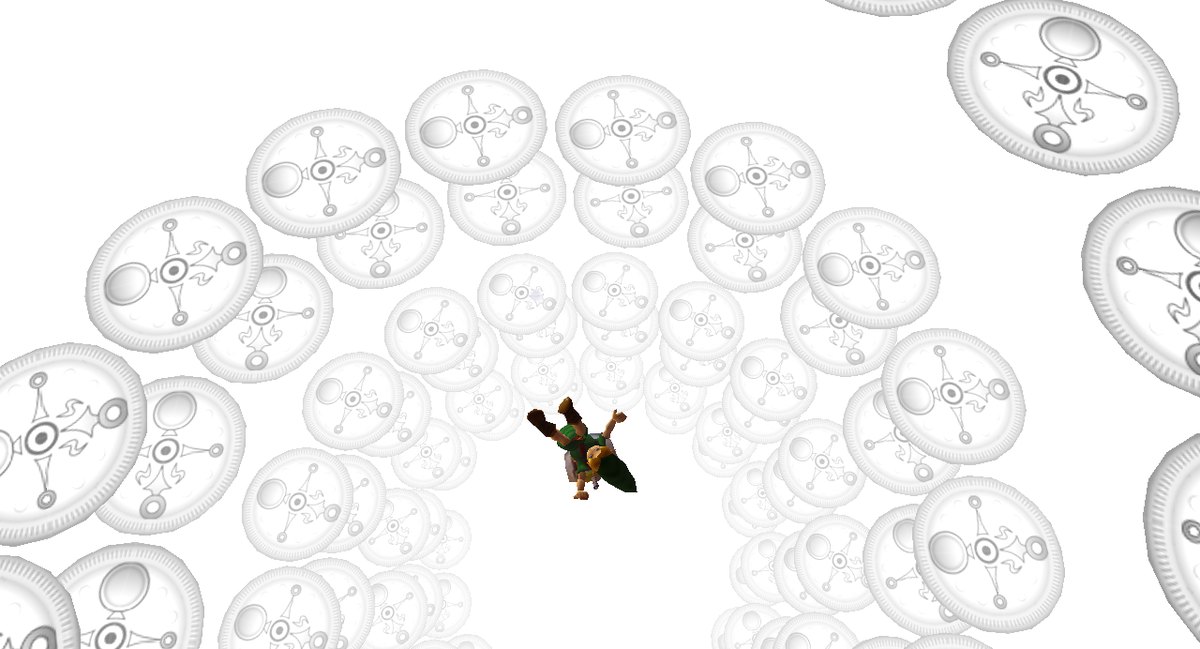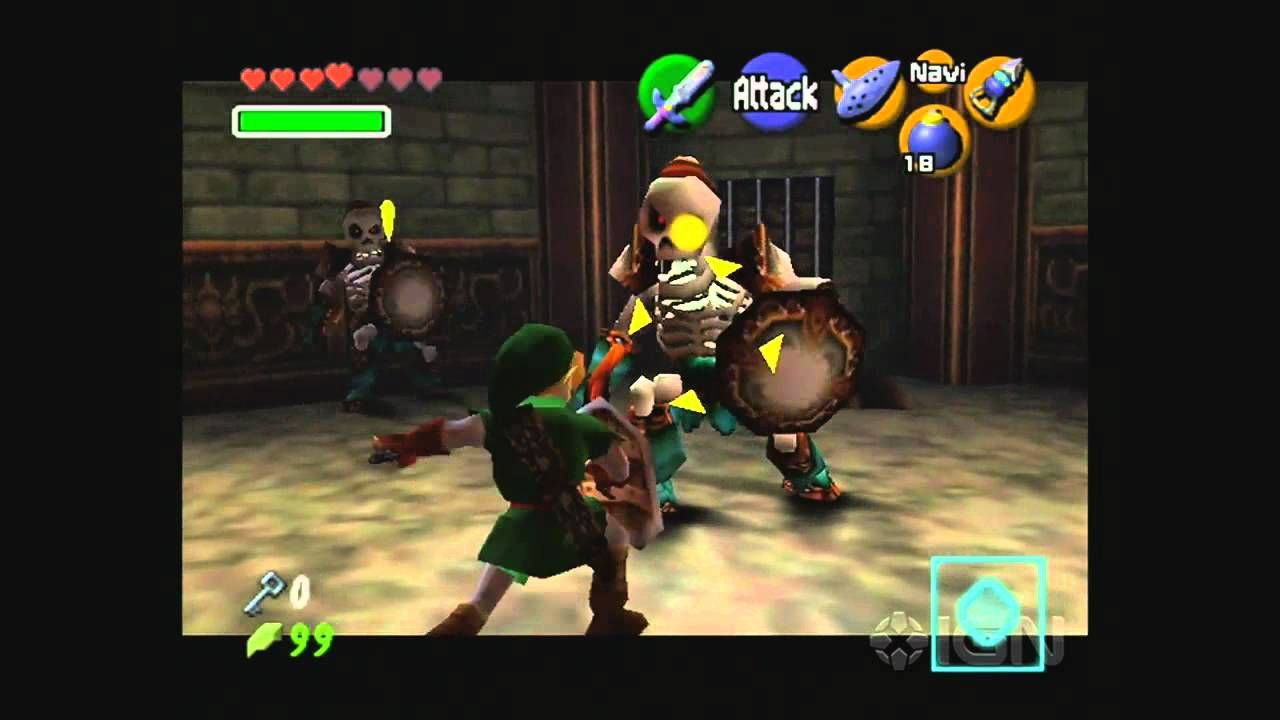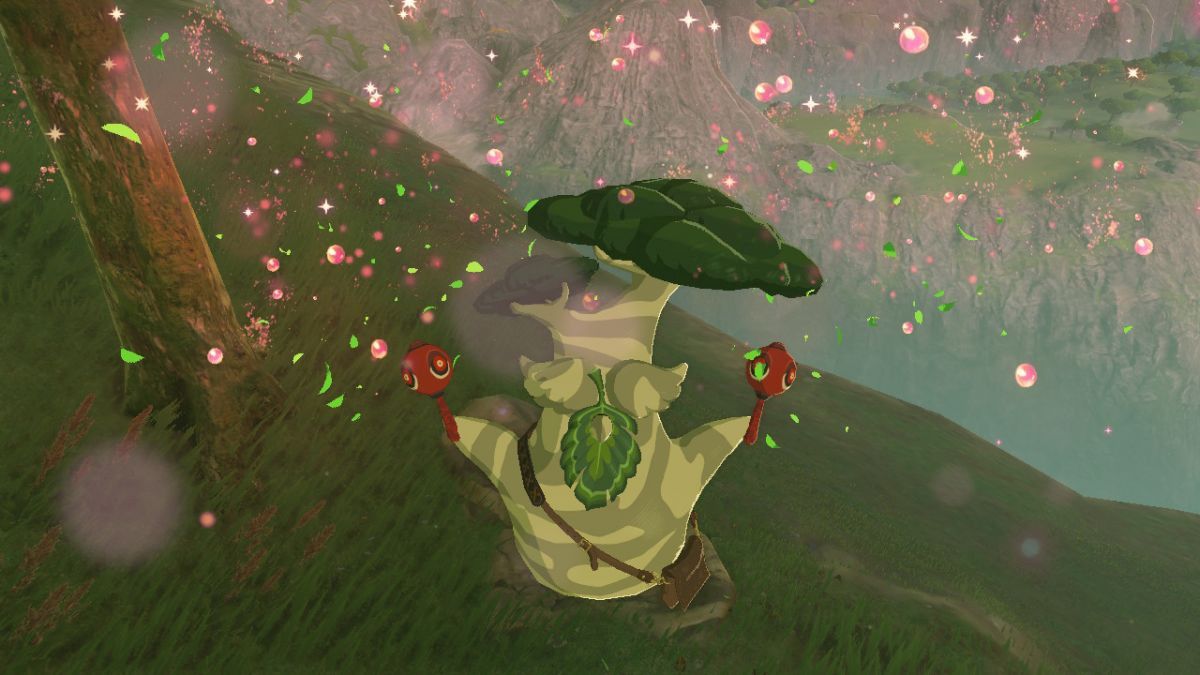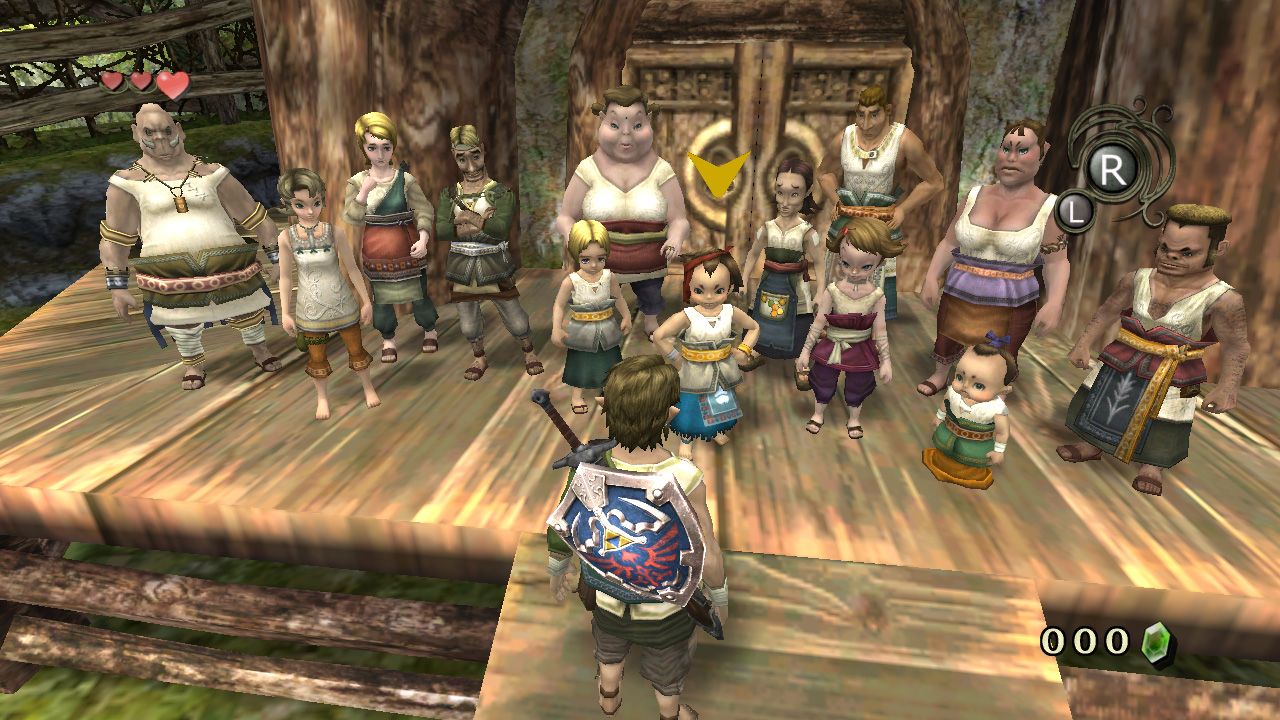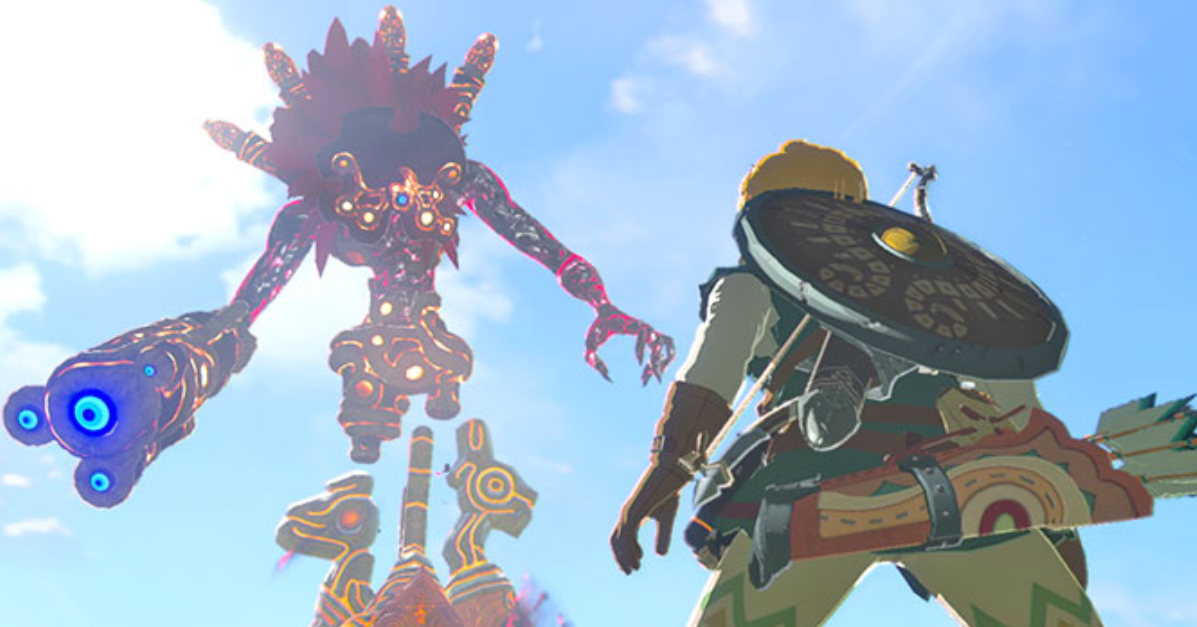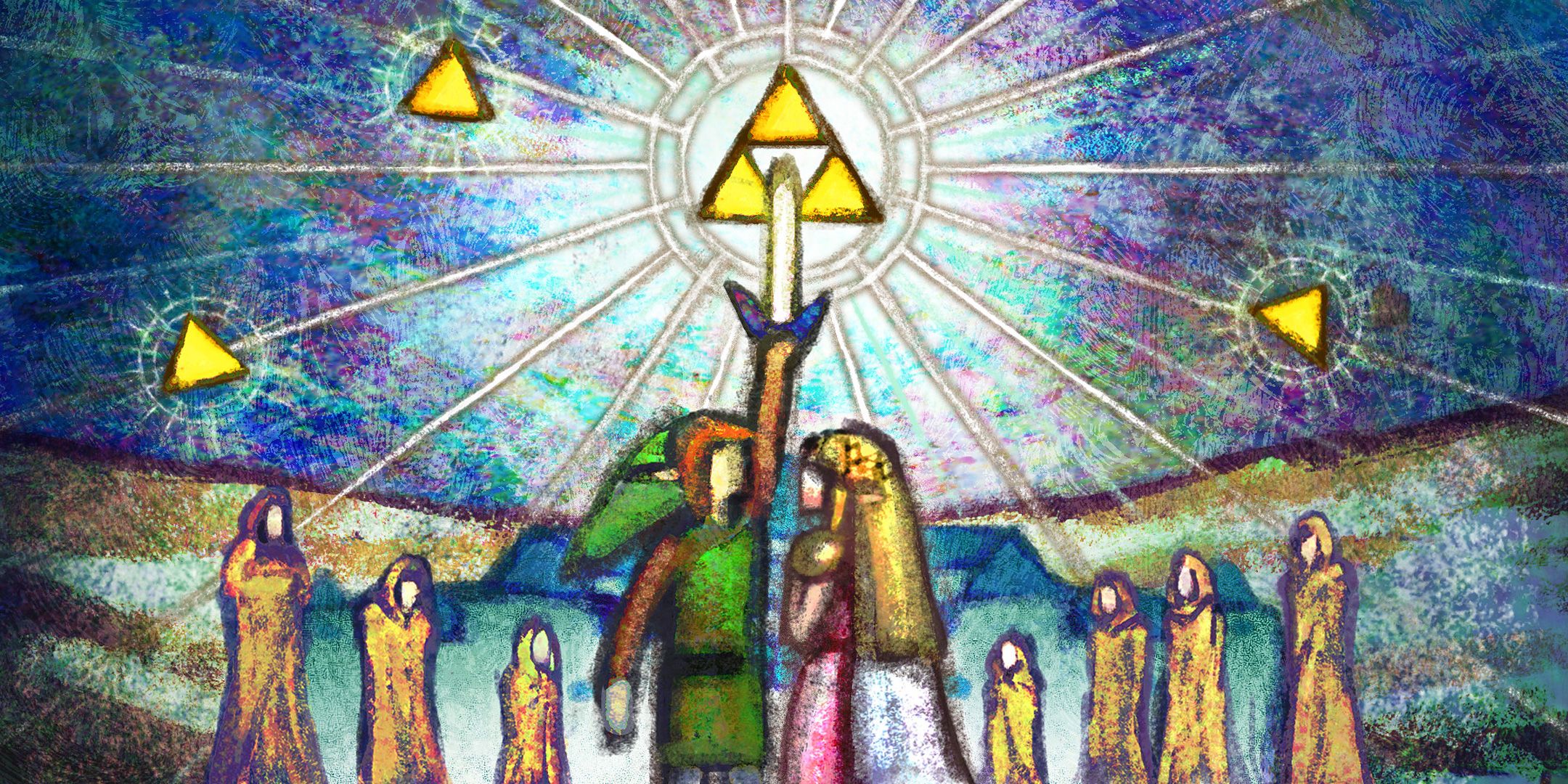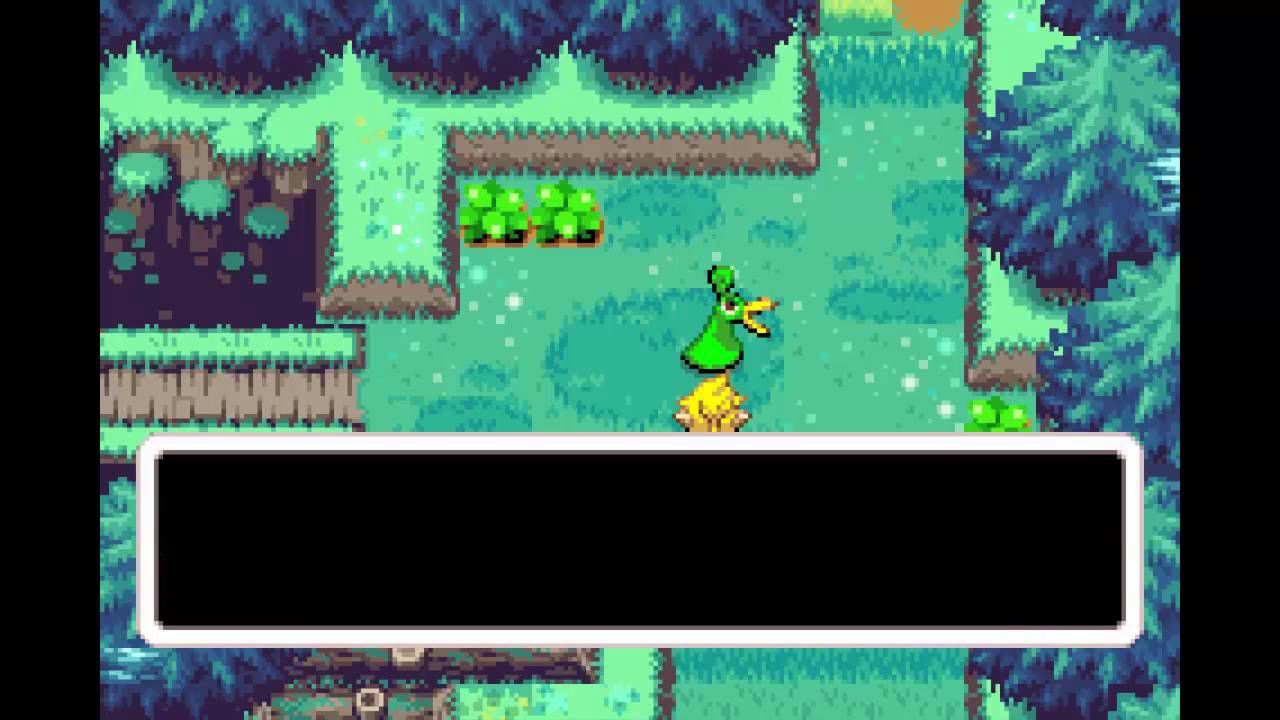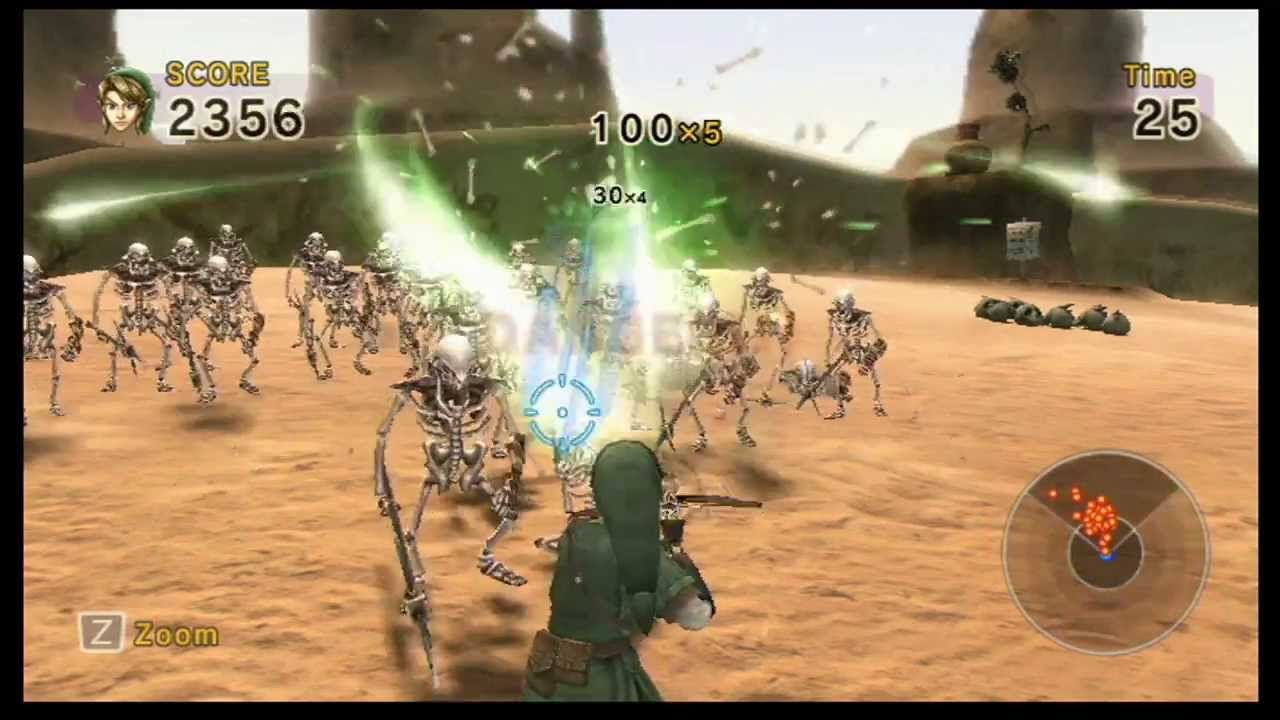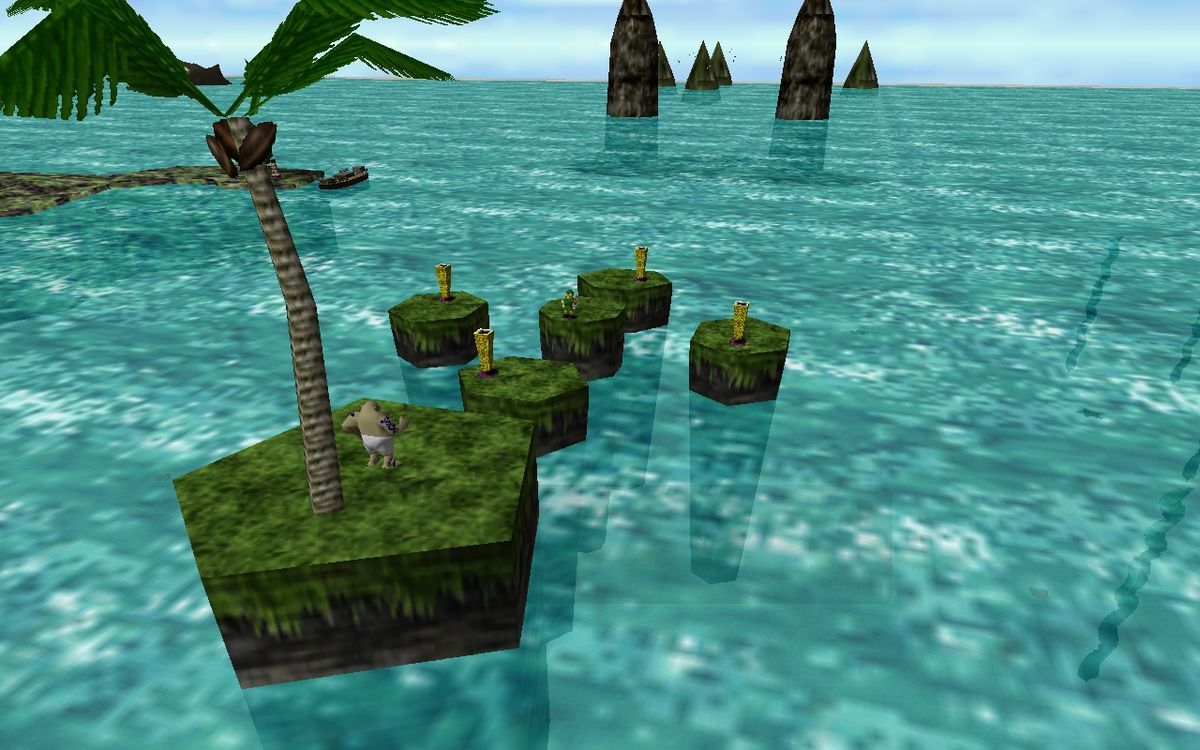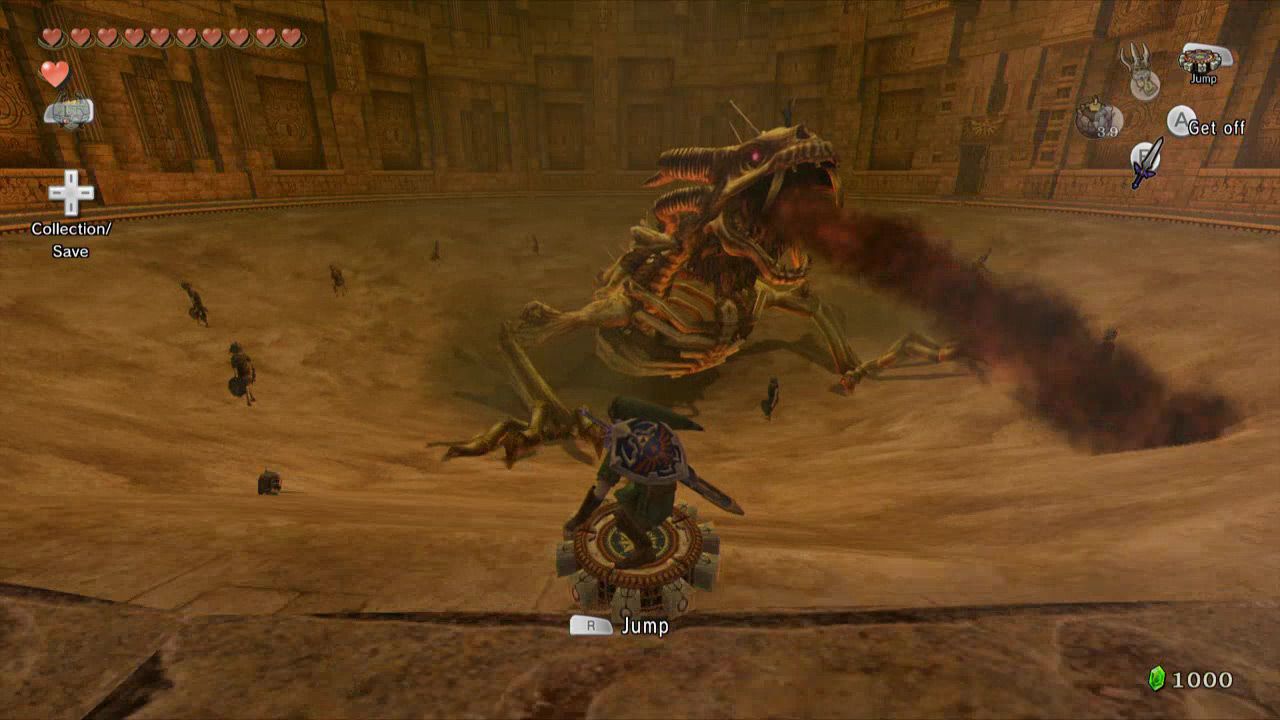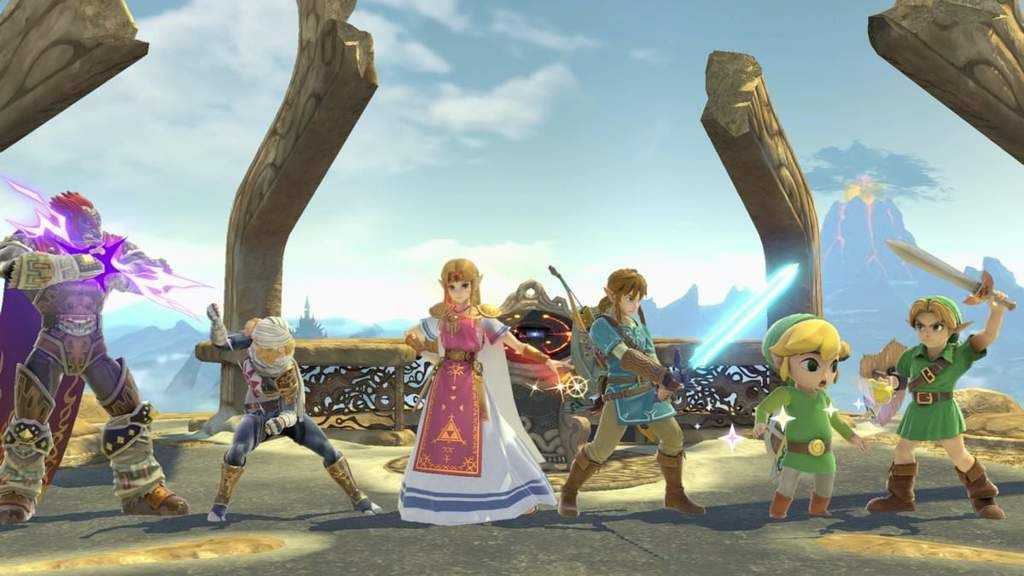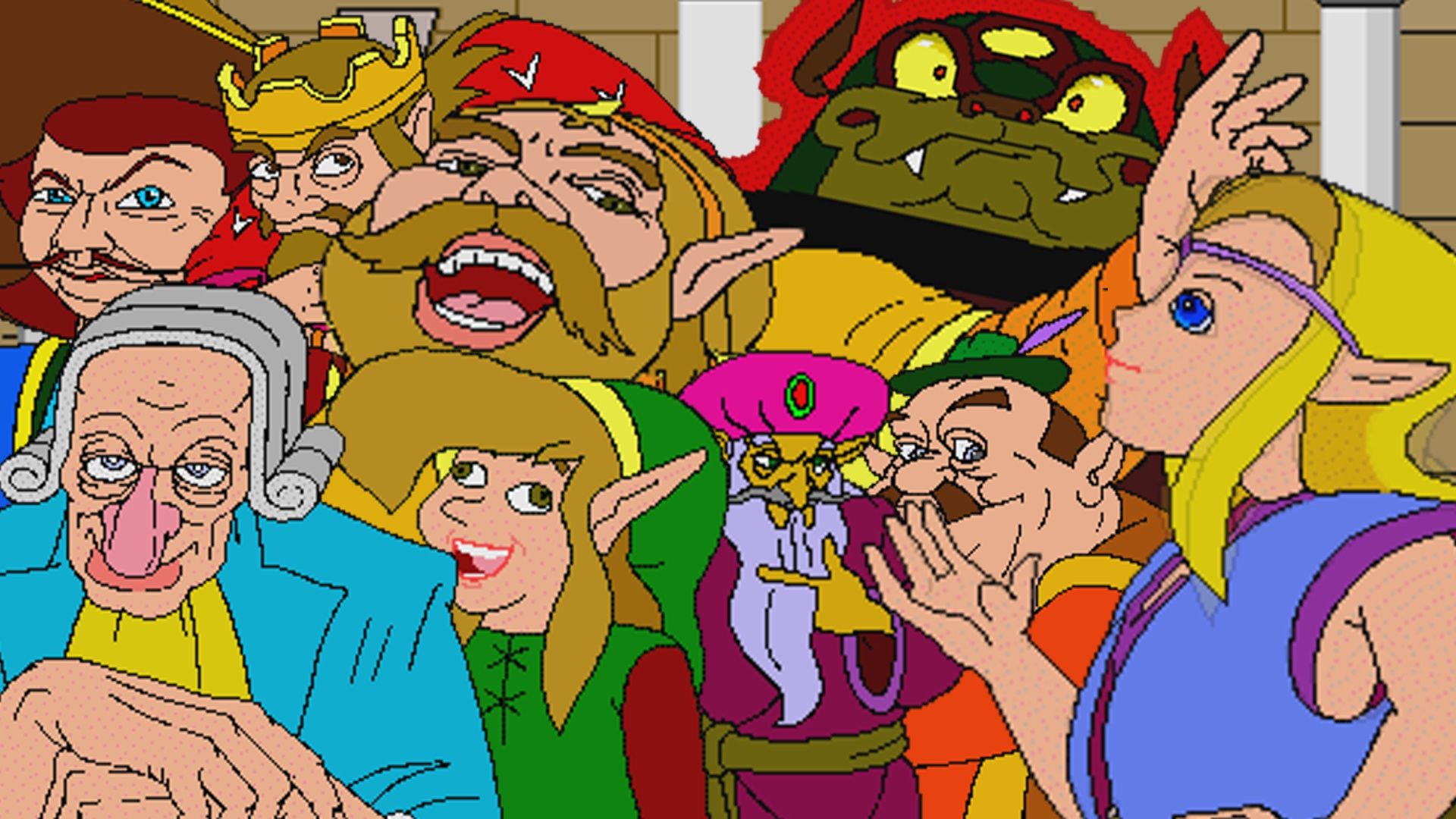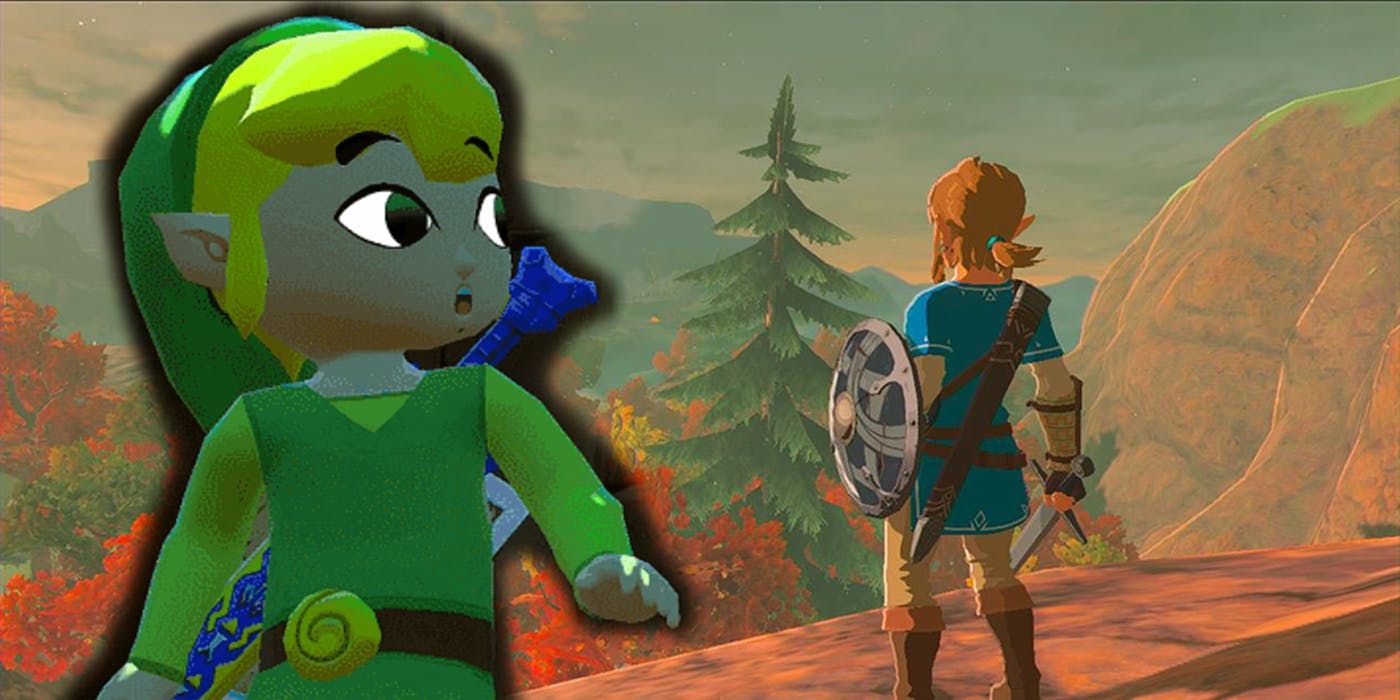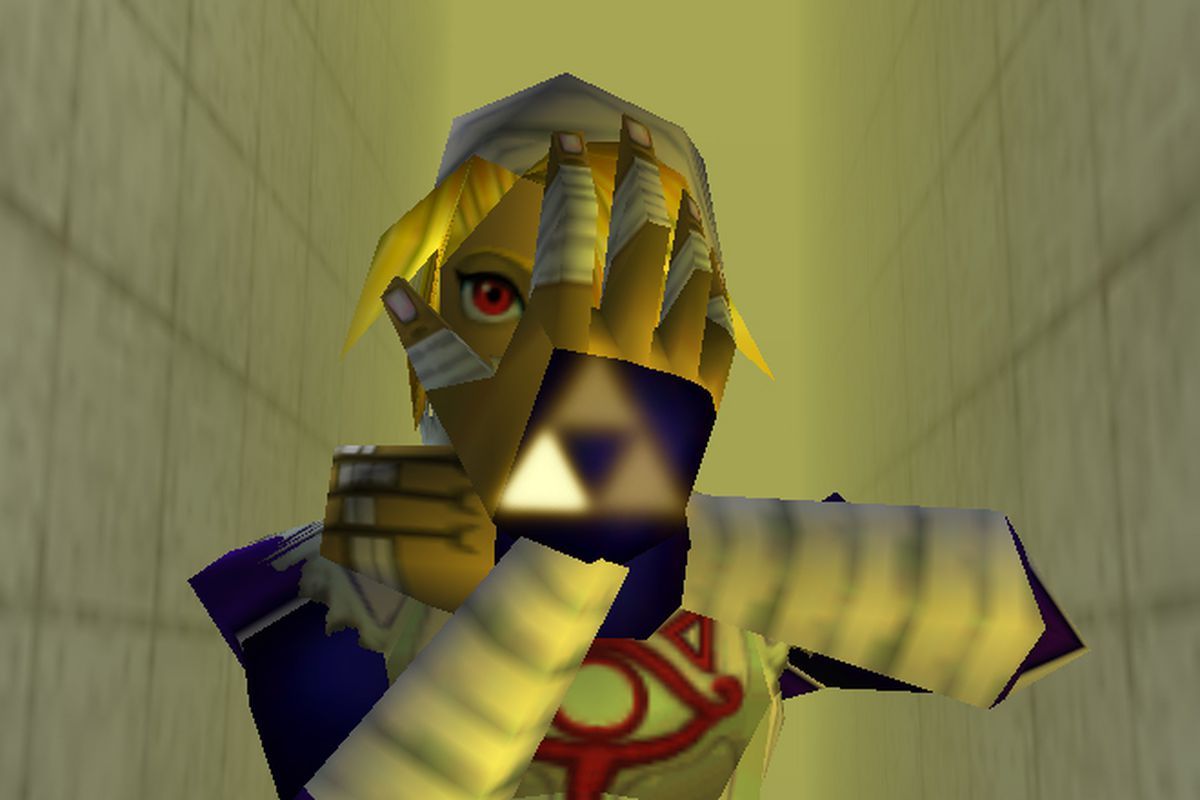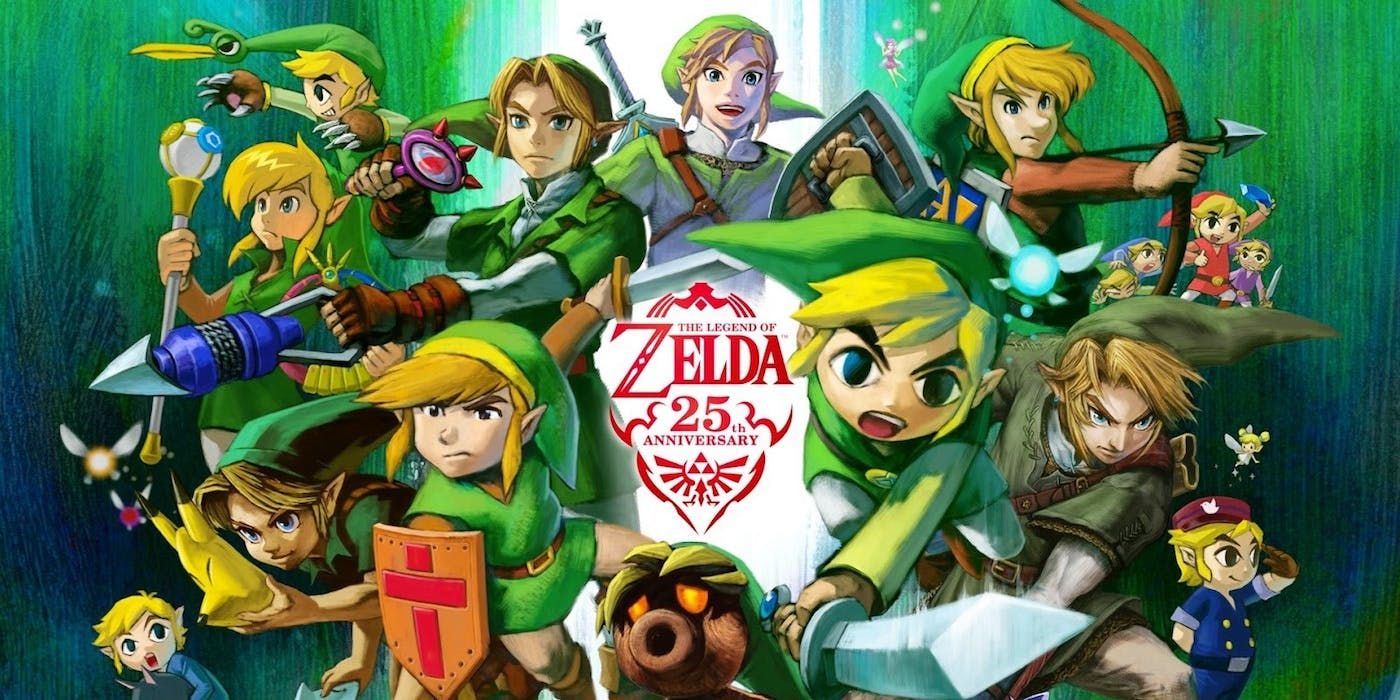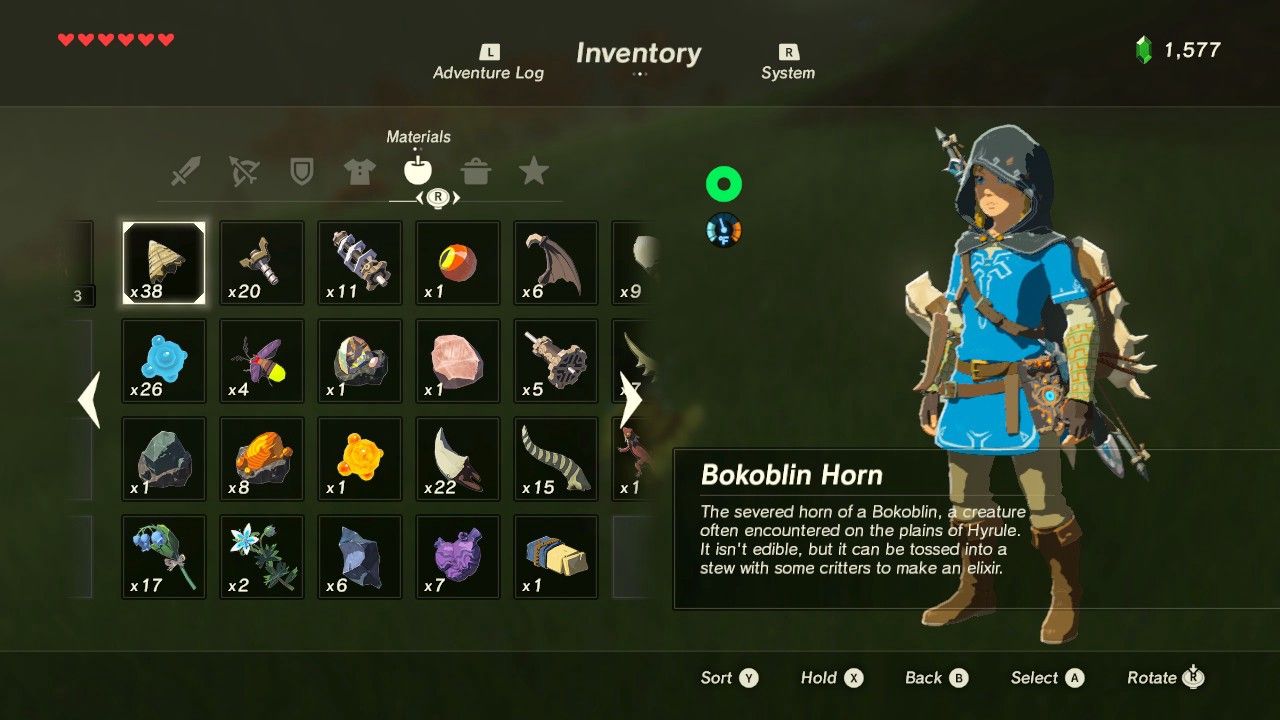When it comes to epic fantasy video games, there are few series better than The Legend of Zelda. Each time Nintendo takes a crack at showing the adventures of Link throughout the ages, it’s always done with a certain level of care and finesse. Games like Ocarina of Time, Breath of the Wild, and The Wind Waker are still loved and replayed commonly. Just play through one of the games, and you might find yourself pulled into the whole series.
While The Legend of Zelda remains one of Nintendo’s best franchises, that’s not to say that it’s without its problems. Like any other Nintendo franchise, Zelda has had its fair share of missteps and bad decisions that rubbed fans the wrong way. Even now, there are some games that people will ignore because of how they were designed.
Even with some of the best games in the series, there are still plenty of flaws that people tend to ignore when talking about them. It’s important, when loving a game, to understand where it could improve going forward. That way, the creators can know where they slipped up and fix those issues the next time.
With that said, we’re going to explore 25 glaring issues with The Legend of Zelda series that fans won’t admit. Keep in mind that, for the purposes of this list, it’s not efficient to explore problems and apply them to every game in the series. Thus, many of these problems are going to be localized to a few specific games at a time.
25 Games With Little Exploration
Part of the initial draw to The Legend of Zelda was its focus on exploration. Players were thrown into sprawling environments where they were encouraged to explore every nook and cranny to be heavily rewarded. However, Nintendo got away from that style later in the series. Games like Twilight Princess and Skyward Sword were games that took place on set paths with little to do other than travel from point A to point B. In a massive fantasy world, it was a letdown.
24 Basic Dungeons
Designing a dungeon in a Zelda game is no easy task, but there are several times when Nintendo failed quite a bit. While the Divine Beasts were impressively crafted, each one blended together, offering similar art styles and challenges for the player to overcome. Other Zelda games had dungeons that felt too basic and easy, like the Dragon Roost Island dungeon in The Wind Waker. That’s not to say they aren’t fun, but they’re dungeons that seem by the numbers.
23 Unnecessarily Hard Dungeons
Anyone who has played Ocarina of Time will lament over how unnecessarily difficult the water dungeon was in the latter half of the game. Both the layout and the boss were confusing, taking a lot of time and skill to decipher.
Like other Nintendo franchises, The Legend of Zelda has a few dungeons that ramp up the difficulty for no apparent reason.
Even the bosses suffer from this. In Breath of the Wild, the Thunderblight Ganon boss was significantly more challenging than the rest of the bunch.
22 Empty Open Worlds
Most Zelda games are open-world, but that’s only by technicality. The ones that offer exploration don’t always live up to their genre. Ocarina of Time was impressive by giving players the vast Hyrule Field. However, there was little to do in it and only acted as a big road that took them from place to place. The Wind Waker was a step in the right direction, but some of the Great Sea still felt lacking, as they reused obstacles on the grid. Breath of the Wild was arguably the first Zelda to execute an open world masterfully.
21 The Time Mechanic
Majora’s Mask is one of the most unique games in the entire Zelda franchise. However, there is one thing that prevents it from being truly astounding: the time mechanic. While it’s a clever idea to force players to play around with a span of three days to try and save the world, it does offer many frustrating elements. Without a proper guide, it’s easy to try and accomplish something only to have to redo it over until players get a good sense of time management. All in all, it was a strength and major weakness for the game.
20 Similar Enemies To Fight
In a lot of Zelda games, players will encounter the same foes. Even in larger entries in the franchise, players will keep fighting the same group of enemies from start to finish.
Ocarina of Time was plagued by the Stalfos that popped up in Hyrule Field.
Breath of the Wild was dominated by Bokoblins, Moblins, and Lizalfos. Even The Wind Waker’s primary enemy type was the Bokoblin, which appeared in just about every single fight in the game. There isn’t a lot of diversity.
19 Pointless Collectibles
How many that played Zelda games collected all the Korok seeds in Breath of the Wild? What about capturing all the Skulltula in Ocarina of Time? Perhaps they nabbed all the bugs in Twilight Princess? Odds are that few people ever did those things. The reason is that many of the collectibles in the franchise are pointless, offering few reasons to even seek them out. Your reward for getting all 900 Korok seeds is just a useless pile of junk.
18 Oddly Designed Characters
Most Zelda games are good at designing characters that fit in with the world. However, there are a few times when characters make players take a step back and wonder what went wrong. Impa in Ocarina of Time has such an awkward design that she’s hard to look at, the same thing can be said for the Great Fairies in the same game. Twilight Princess is probably the worst offender on the list, having cartoony characters in a world that was supposed to be more realistic.
17 Easy Boss Fights
Those who played The Wind Waker probably don’t know what a Game Over screen looked like. Likewise, fighting the bosses in Breath of the Wild proved less challenging than the enemies in the overworld. Plenty of Zelda bosses are just plain easy to take down. Whether it be because the way to defeat them is painfully obvious or they don’t present much of a challenge, it’s all too easy to take down a lot of these foes. Some difficulty wouldn’t hurt.
16 Uninteresting Stories
There are few Zelda games where the story is the highlight. The time jump twist in Ocarina of Time was memorable, as was its final fight, but there aren’t many standout moments from the franchise other than that.
The stories often seem to take the back seat in favor of designing worlds and dungeons.
It’s a shame that, despite the emphasis placed on the story in Breath of the Wild, how lackluster it ended up. Even Twilight Princess had some clumsy moments despite its darker tone.
15 No Voice Acting
Other than Breath of the Wild, the Zelda games have not had any proper voice acting. When the stories in those games are well-written, it’s difficult to get invested in them when players are just scrolling through text boxes. Imagine how much more real each beat would feel if there were real voices behind the characters. While it may not be the right move to give Link a voice, it would be extremely easy to have everyone around him keep talking. Let’s hope the next Zelda game improves on the voice acting found in Breath of the Wild.
14 Motion Controls
When the Wii came out, every single game had to use motion controls somehow. This was true even for Twilight Princess. Everything from swinging a sword, smacking enemies with the shield, and aiming arrows was all done with the Wii remote. Skyward Sword would later go all out with this mechanic. However, there are good and bad ways to handle motion controls in these games. When they supplement rather than take over the experience, players have a lot to enjoy. Twilight Princess and Skyward Sword leaned into them a bit too much.
13 No Jump Button
One convention in the Zelda series that always seemed so weird was that there was no jump button. Instead, Link would launch himself whenever he walked off a ledge. Not only did this make for clunky exploration, but it limited how explorable the game designers could make the environment.
There was a reason that Link was given a jump button in Breath of the Wild.
It meant that the developers could have more freedom when designing Hyrule, which was to the game’s benefit.
12 Items With Little Function
Each Zelda game introduces a few new items that get used for solving puzzles and attacking bad guys. At their best, they help the player feel stronger by the time they leave a dungeon. At their worst, they are gimmicky items that only help once and are never used again. The spinner in Twilight Princess was far from a well-thought-out item. It was only good for a single dungeon. The same can be said of the Giant’s Knife in Ocarina of Time that broke faster than a Boko Club.
11 Representation In Super Smash Bros
There are six characters from The Legend of Zelda in the Super Smash Bros series. They are Link, Zelda, Sheik, Ganondorf, Young Link, and Toon Link. Not only is that one character less than Fire Emblem, but three characters are variations of Link and two are variations of Zelda. Considering how vast the Zelda lore is, the fact that there aren’t different characters in Super Smash Bros is a serious crime. How hard would it be to throw in the Champions or possibly a different villain from the franchise?
10 The CDI Games
Anyone who played any Nintendo game on the CDi knows exactly why people don’t talk about them. Not only were they blemishes on their franchises that even Nintendo doesn’t acknowledge, but they were some of the worst games ever created. The Legend of Zelda was unfortunate to have three games on the CDi, and every single one of them was bad. They gave Link a voice and cutscenes, which probably scared the company from ever giving him a voice after that.
9 The Wacky Timeline
While it can be interesting to dive deep into the Zelda timeline, it’s easy to get lost in all the different realities and how the games connect to each other.
If there’s one way to put it, it’s that the developers seem to be making it up as they go.
The fact that Breath of the Wild takes place at the end of the timeline but at no disclosed period just goes to show how little of a priority continuity is to the developers. Furthermore, the idea of multiple timelines is contradictory to itself.
8 Sheik Used Once
Sheik is a prominent character in the Zelda franchise, having a big part in Hyrule Warriors and Super Smash Bros. However, we wonder why she has remained so popular. Her only canonical appearance was in Ocarina of Time, and she wasn’t even in the entire game. She was cut from Twilight Princess too. She was only used once, yet Nintendo insists on constantly bringing her back in big crossover games for some reason. She isn’t quite deserving of so much attention.
7 Reincarnation
When new Zelda games were made in different versions of Hyrule involving the same three characters each time, Nintendo came up with an answer to appease the fans obsessed with continuity. The story goes that all three are constantly reincarnated each generation. Not only does this give a poor excuse as to why we’re playing as Link in every adventure, but it seems like such an easy answer. Reincarnation is a lazy way to explain the same character reappearing, and it makes the whole timeline seem awkwardly redundant.
6 Clunky Menus
Before Nintendo figured out how to use second screens in Zelda games, the menus were very clunky. Players would have to pause the game and scroll through several screens to equip the items they wanted. Without enough to room to have them available, players would constantly pause. The map was also hidden in the pause menu. Now that they’ve moved on to the Switch, though, Breath of the Wild brought this problem back, forcing players to sift through menu after menu.

